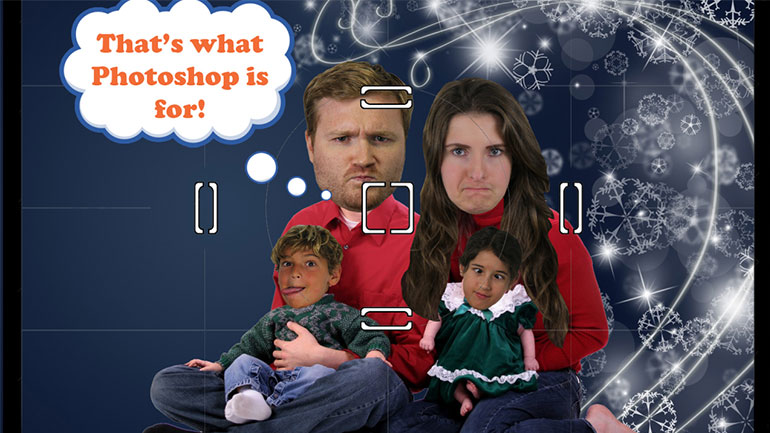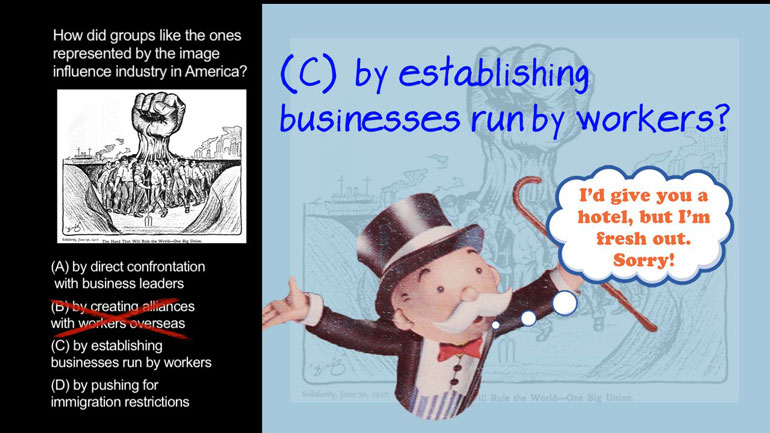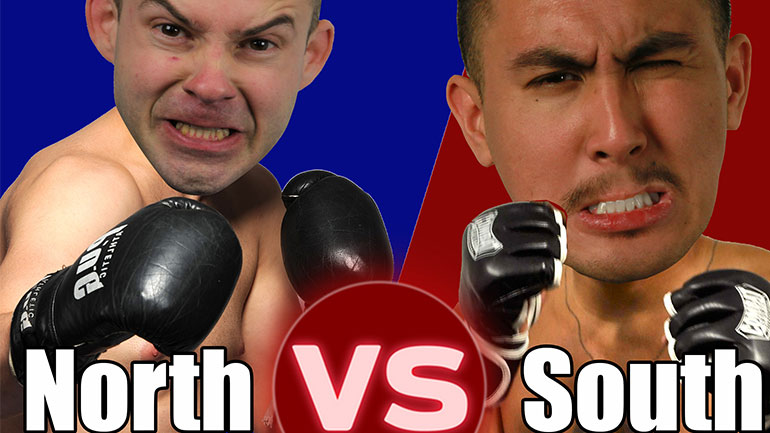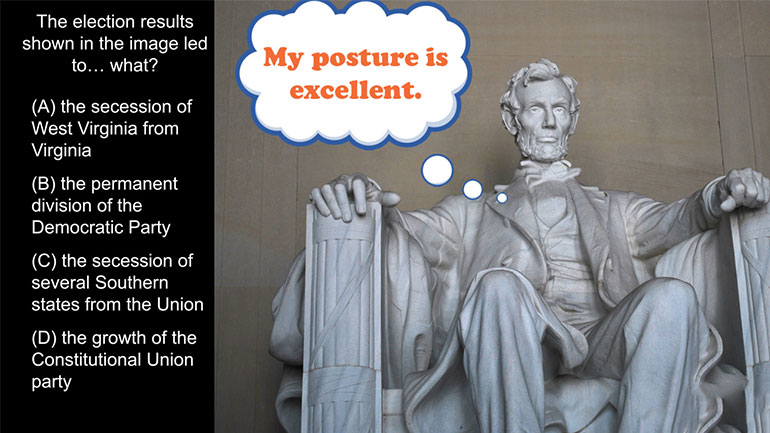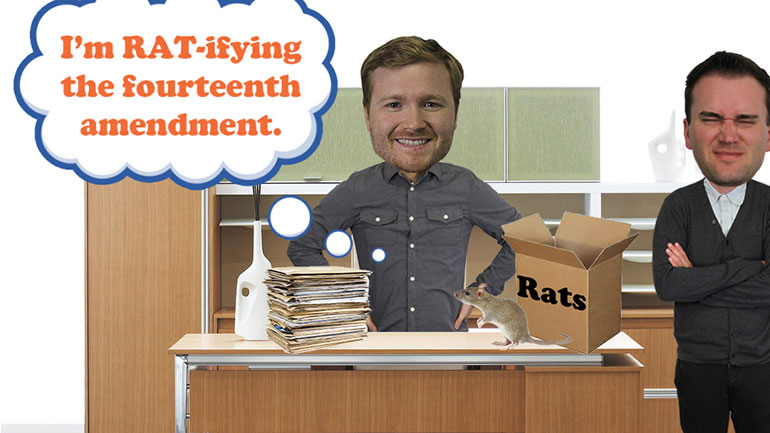ShmoopTube
Where Monty Python meets your 10th grade teacher.
Search Thousands of Shmoop Videos
AP U.S. History 1.4 Period 7: 1890-1945 228 Views
Share It!
Description:
AP U.S. History 1.4 Period 7: 1890-1945. The sentiment expressed in the cartoon above is most similar to the rhetoric from which of the following decades?
Transcript
- 00:00
[ musical flourish ]
- 00:03
And here's your Shmoop du jour, brought to you by the Red Scare,
- 00:07
a not-so-practical joke to play on a bull.
- 00:10
The sentiment expressed in the cartoon above is most similar
- 00:13
to the rhetoric from which of the following decades?
Full Transcript
- 00:16
And here are your potential answers.
- 00:17
[ growl ]
- 00:20
All right, well first of all let's figure out what exactly is going on
- 00:24
in this cartoon. We see a man with the label "European anarchy"
- 00:27
sneaking up behind the Statue of Liberty holding a bomb.
- 00:30
We also see the caption "Come unto me,
- 00:33
ye opprest." And the year is 1919.
- 00:36
So that means we're dealing with post-World War I,
- 00:38
right around the time the Russian revolutionaries formed
- 00:41
their first communist government.
- 00:43
Well, U.S. politicians kind of freaked out about the whole communist thing,
- 00:46
since they worried the same sort of labor-driven revolt
- 00:49
could happen here at home.
- 00:50
As a result, the first Red Scare was born,
- 00:53
leading to the restriction of immigration from countries
- 00:56
suspected of communist sympathies
- 00:58
and of suppressing civil liberties.
- 01:00
Now let's figure out which decade in our answers shared
- 01:03
a similar sentiment. Was this sentiment most similar
- 01:06
to rhetoric from the A - 1930s?
- 01:08
Well, remember the stock market crash in 1929?
- 01:11
Many people read that as the failure of capitalism.
- 01:14
So the 1930s actually saw a growing tolerance
- 01:17
for alternative economic ideas. That eliminates A.
- 01:20
Was the rhetoric similar to the C -
- 01:22
1960s? Well, by the 1960s, we were
- 01:25
well into the Cold War, and the nation's focus was more on
- 01:29
Cuba, Vietnam, and other external threats, rather than
- 01:32
communists here at home. Same goes for the 1970s,
- 01:35
so that knocks out C and D. Which means that this
- 01:37
anti-communist rhetoric most lines up with
- 01:40
B - the 1950s. If you thought the first Red Scare
- 01:43
was bad, the second Red Scare in the 50s was even worse.
- 01:47
Senator Joseph McCarthy went after everyone with
- 01:50
a dissenting opinion in Congress, and the rest of the U.S. government,
- 01:53
using the communist label to ruin careers and remove
- 01:57
threats to his own personal legacy.
- 01:59
So the correct answer is B. Many of McCarthy's accusations
- 02:02
ended up being untrue, but you know what they say,
- 02:05
"Fool me once, shame on you. Fool me twice,
- 02:08
you're a communist witch."
- 02:10
[ witch laugh ]
Up Next
AP U.S. History Diagnostic 1. Relationships like the one shown in the image resulted in the development of...what?
Related Videos
AP U.S. History Diagnostic 15. How did groups like the ones represented by the image influence industry in America?
AP U.S. History Diagnostic 10. What led to the splintering of the political parties shown in the image?
AP U.S. History Diagnostic 11. The election results shown in the image led to...what?
AP U.S. History Diagnostic 12. How did the Reconstruction Acts open up political opportunities for former slaves?
